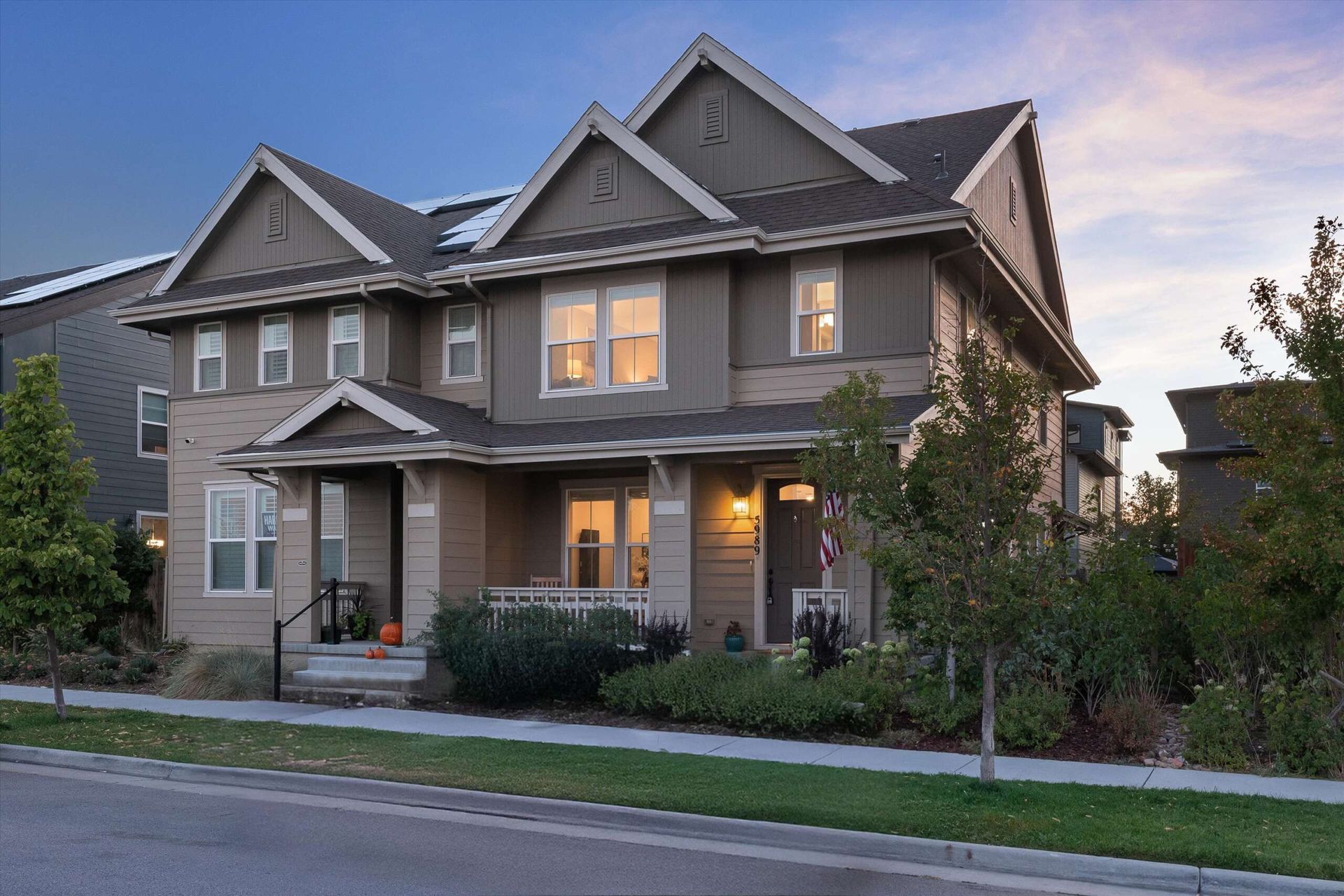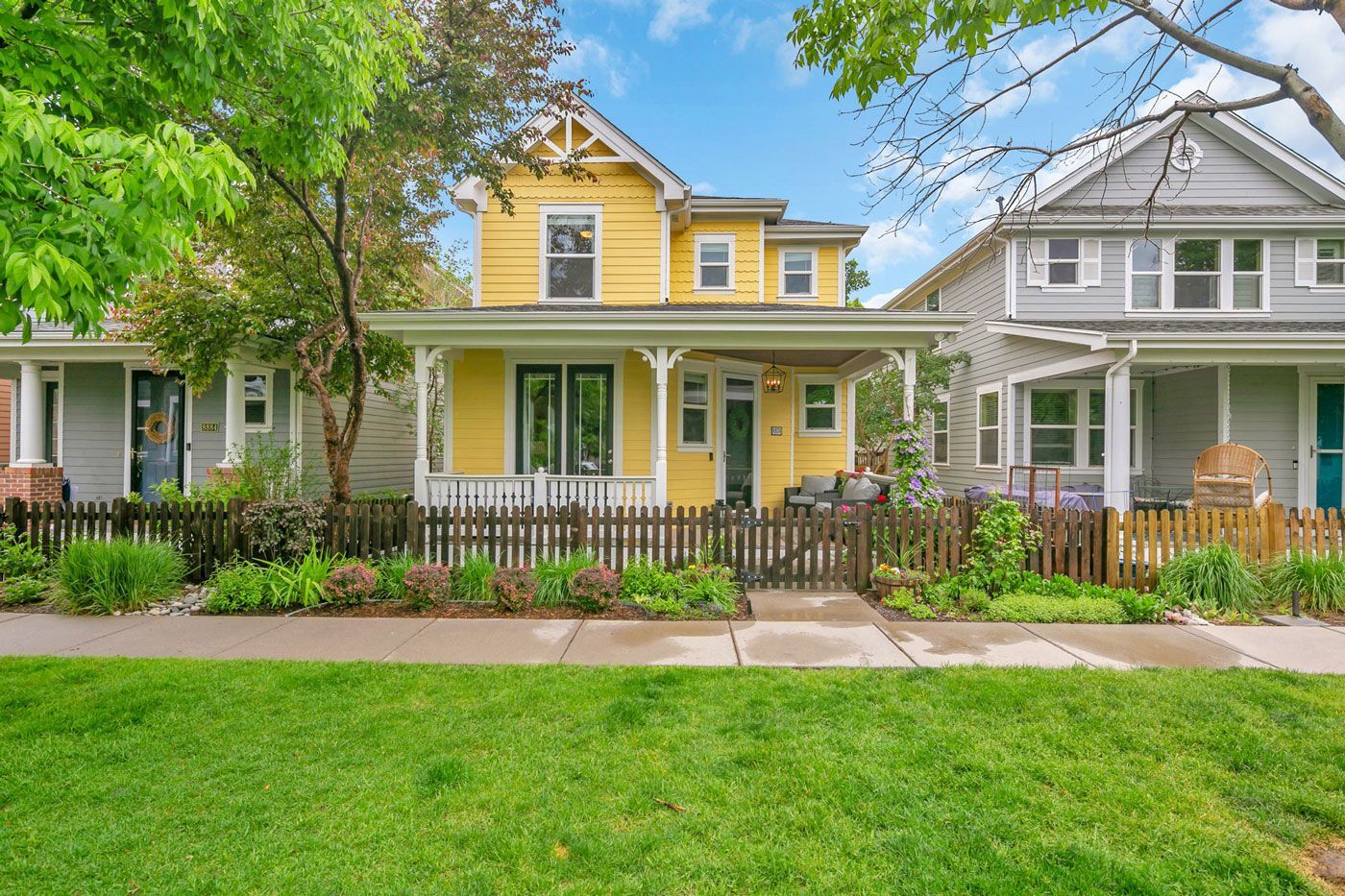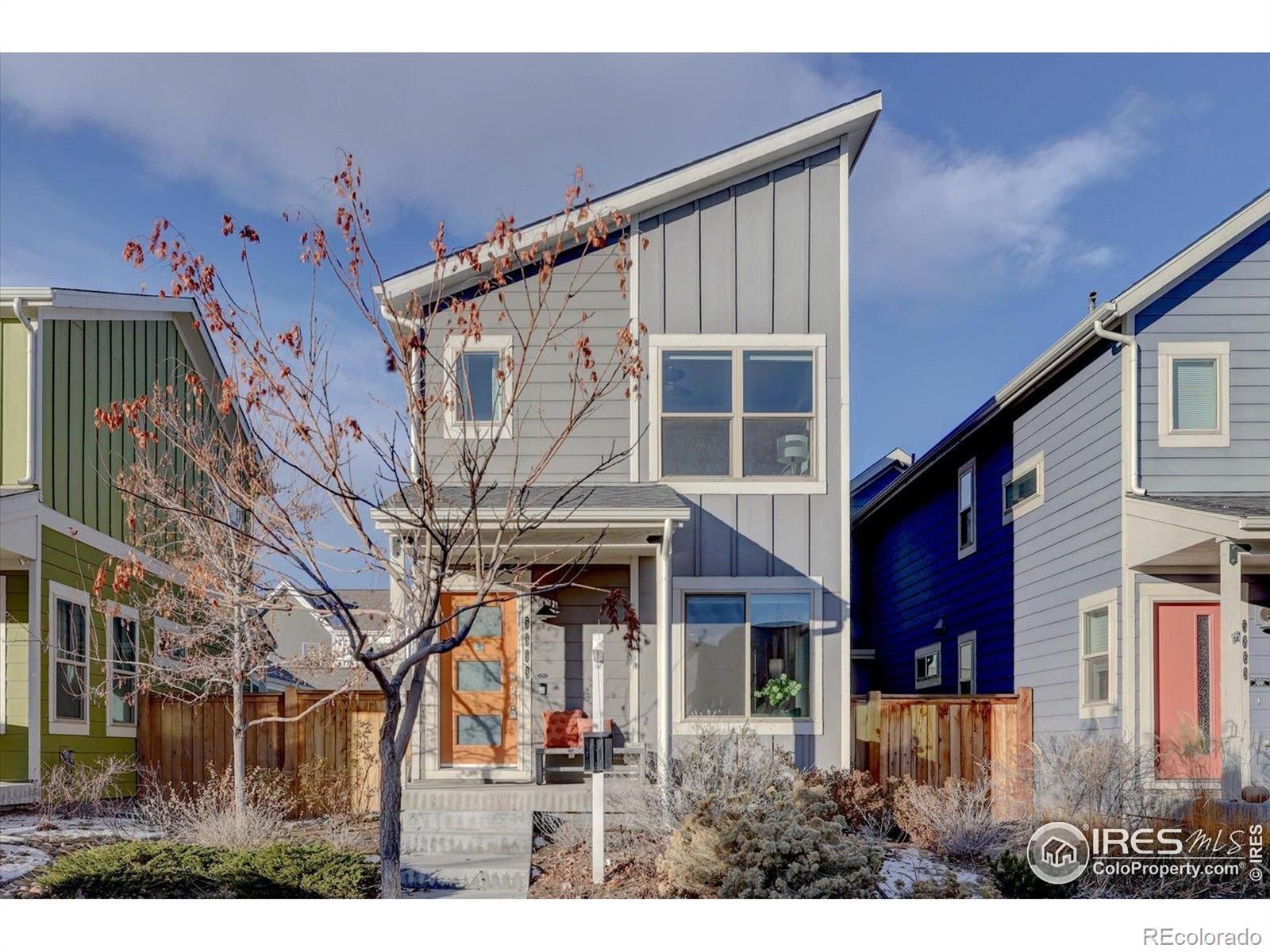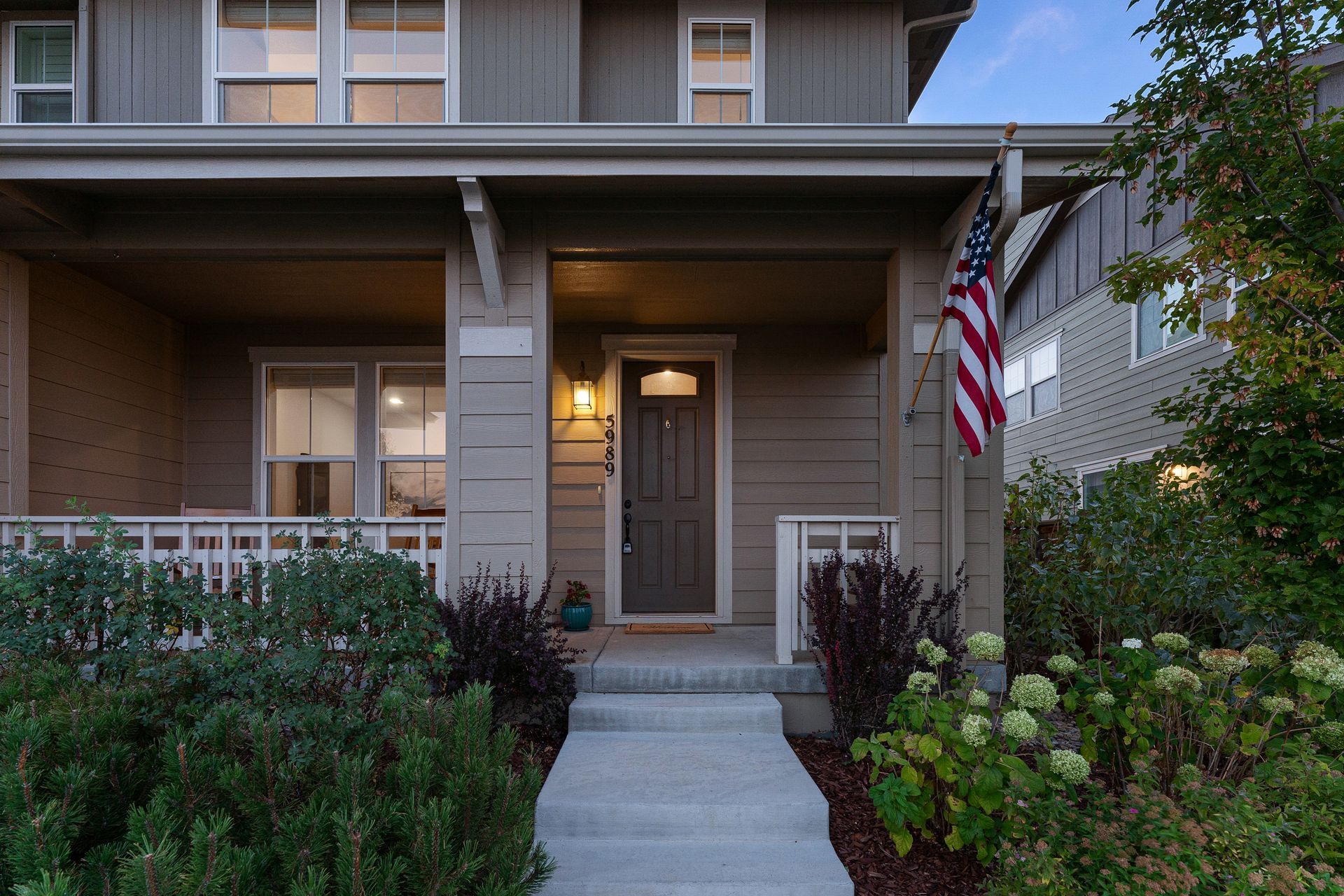What is the Probability of Lead-Based Paint Pre-1978?
What is the Probability of Lead-Based Paint Pre-1978?
We all know that lead-based paint (LBP) is a concern for pre-1978 homes, but did you know that the probability of LBP being present in a home heavily depends on its year of construction? According to the U.S. Environmental Protection Agency (EPA):
- Homes built before 1940: About 87% contain lead-based paint.
- Homes built between 1940 and 1960: About 69% contain lead-based paint.
- Homes built between 1960 and 1978: About 24% contain lead-based paint.
The use of lead-based paint was banned in residential properties in the U.S. in 1978, so homes built after that year are unlikely to contain it. As with any environmental testing, the only way to confirm the presence of something is to test, but these fascinating figures can help you to better understand LBP risks by construction date.
Fortunately, we now know that lead is a neurotoxin and should never have been used in household paint, but why was it ever used in paint to begin with? Lead was added to paint for the following reasons:
- Durability: Lead in paint increased its durability, longevity, and moisture resistance.
- Fast drying times: Lead sped up the paint drying process.
- Color enhancement: Lead pigments provided brighter and longer-lasting color.
- Corrosion resistance: Lead helps protect metal from rust.
Lead is still permitted in certain industrial applications such as road and parking markers and in exterior industrial applications such as steel bridges but was banned in residential paint and coatings in 1978.












